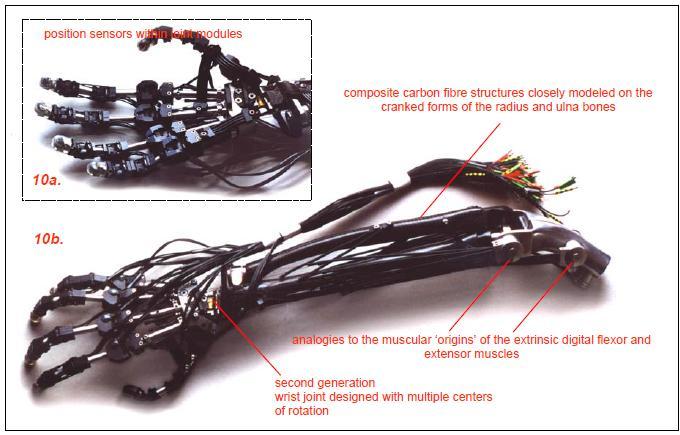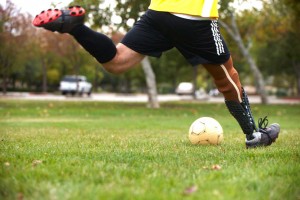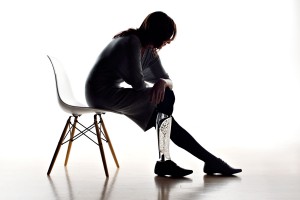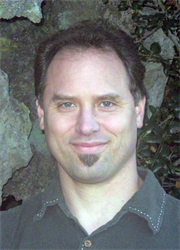
In review of its simplest form, Biomimicry is the study of nature to develop solutions to solve questions, concerns or problems. If you are not familiar with the breadth of imagination that nature can impart upon your contemplative daydreams, then please continue on.
The exact match
Most people, when confronted with what they think a biomimetic arm or leg prosthetic would be like tend to talk about cyborg like technologies, tactile sensors, implantable electronics, and movements that are representative of human anatomy. All of this leads to “exact” representations and replacements of the supplanted limb(s). See Fig. 1.
Much research has been done to figure how this is possible. Examples include Kobe University, Osaka University, and Tezpur University. A modern commercially available product of this genre is available via the research of the Princess Margaret Rose Hospital in Edinburgh that started in the 1960s. The current mantle worn by this technology is the i-limb from Touch Bionics that includes programmable hand movements and “living skin” matching.
Another leading candidate in this genre’ is RSLSteeper’s bebionic v2 myoelectric “The Hand.” But, not all biomimics think this way.

Extreme function
Another genre of prosthetics is developed with function in mind and the whole of nature is ripe for the picking.
Let us take a look at the design of Kaylene Kau. She is a recent graduate from the University of Washington with a BFA degree in Industrial Design. She has become a bit of a superstar and has recently been written about for her prosthetic arm design in such venues as Make Magazine, Designboom, Seattle Weekly, and many others.
Kaylene took a practical approach where the prosthetic arm is used to assist the dominant functioning arm / hand rather than something that is supposed to look like a hand. She developed a simple, inexpensive to make, yet effective, tentacle. Powered by a motor and two wires, it is flexible, can grip objects by wrapping around them, and can pick up objects like a key-chain using the single ‘finger’ at the distal end.
Another candidate in the category of Function is Ossur’s Cheetah. This “…prosthesis is designed to mimic the action of the anatomical foot/ankle joint of able-bodied runners…” (http://www.ossur.com/?PageID=13462). It works great, even if it looks like a bent spoon made of carbon fiber.
 |
 |
| Fig.3: Bespoke Innovations Inc.’s Scan.Design.Print 3D Technology for fairings | |
The Designer’s approach
Let’s take a look at another end of the spectrum. Bespoke Innovations, Inc., located just outside of San Francisco, is a close-knit group using additive manufacturing methods to fashion one of a kind “fairings” that cover currently commercially available lower leg prosthesis. They are in the business of mimicking the size and shape of the clients’ leg and then adding a flare of design to create something unique to the wearer. They call their 3D technology “Scan.Design.PrintTM”
Chrome? Lace? Interchangeable colors? Gaelic tattoos? Whatever your pleasure formed in the shape of your leg.
Biomimicry and you
Life adapts and evolves. Biomimcry is nested within that statement and can take you wherever you wish to go. The question is… how far do YOU want to take it?






